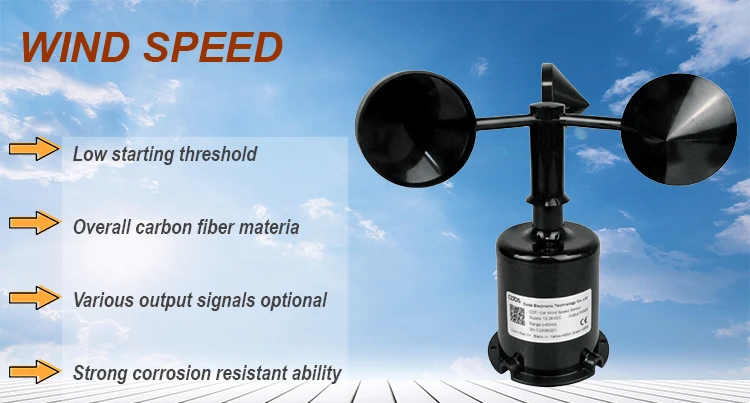Anemometer: Instrument to Measure Wind Speed
April 11, 2025 | News | No Comments

# Anemometer: Instrument to Measure Wind Speed
## Introduction to Anemometers
An anemometer is a device used for measuring wind speed, an essential tool in meteorology, aviation, marine operations, and various industrial applications. These instruments provide crucial data for weather forecasting, wind energy assessment, and environmental monitoring.
## Types of Anemometers
### 1. Cup Anemometers
The most common type features three or four hemispherical cups mounted on horizontal arms. As wind blows, the cups rotate, and the speed of rotation correlates with wind velocity.
### 2. Vane Anemometers
These combine a propeller with a tail vane that keeps the device oriented into the wind. They’re particularly useful for measuring both wind speed and direction simultaneously.
### 3. Hot-Wire Anemometers
Using electrically heated wires, these measure how quickly the wind cools the wire to determine velocity. They’re highly sensitive and often used in laboratory settings.
### 4. Ultrasonic Anemometers
These advanced instruments use ultrasonic sound waves to measure wind speed by detecting how wind affects the speed of sound between transducers.
## How Anemometers Work
The basic principle involves converting wind’s kinetic energy into measurable mechanical or electrical signals. Cup and vane anemometers translate rotational movement into speed readings, while electronic versions measure changes in resistance, temperature, or sound wave propagation.
## Applications of Wind Speed Measurement
– Weather forecasting and climate research
– Wind turbine performance monitoring
– Aviation safety and airport operations
– Building ventilation system design
– Agricultural planning and crop protection
– Marine navigation and offshore operations
## Choosing the Right Anemometer
Consider these factors when selecting an anemometer:
– Measurement range and accuracy requirements
– Environmental conditions (temperature, humidity)
– Power source and portability needs
– Data recording and transmission capabilities
– Budget and maintenance considerations
## Maintenance and Calibration
Regular maintenance ensures accurate measurements:
– Clean moving parts to prevent friction
– Check for physical damage or wear
– Calibrate according to manufacturer guidelines
– Protect from extreme weather when possible
– Replace batteries in electronic models as needed
## The Future of Wind Measurement
New technologies are emerging, including:
– LIDAR-based wind measurement systems
– AI-powered predictive wind analysis
– Miniaturized sensors for IoT applications
– Integrated weather stations with multiple measurement capabilities
Anemometers continue to evolve, providing more precise and reliable wind speed data for an increasingly wide range of applications.
Keyword: instrument measure wind speed